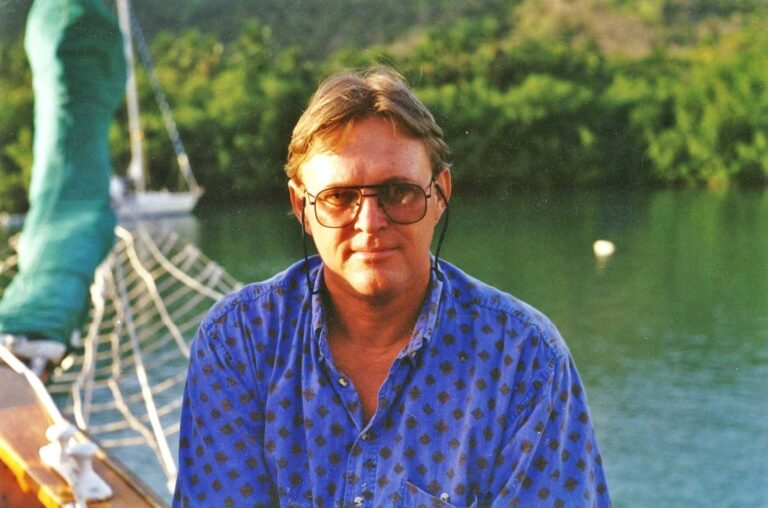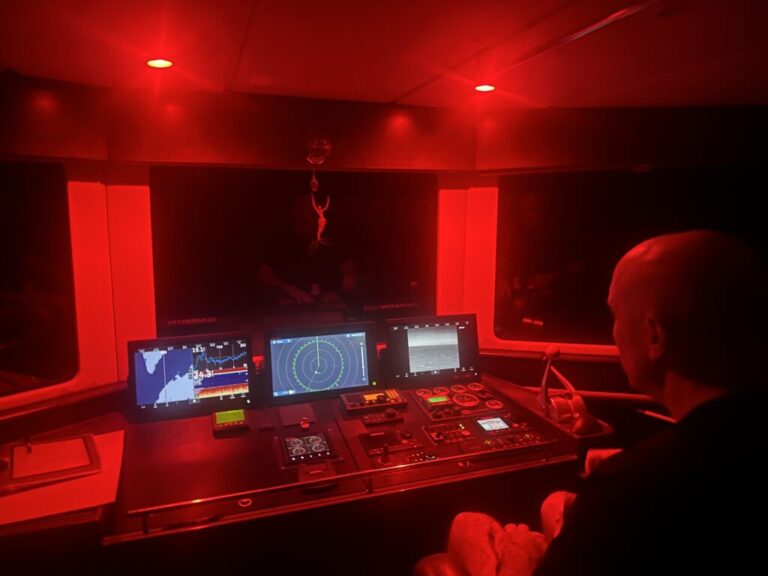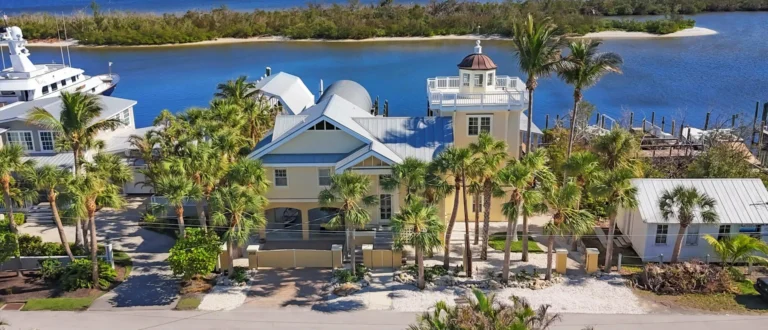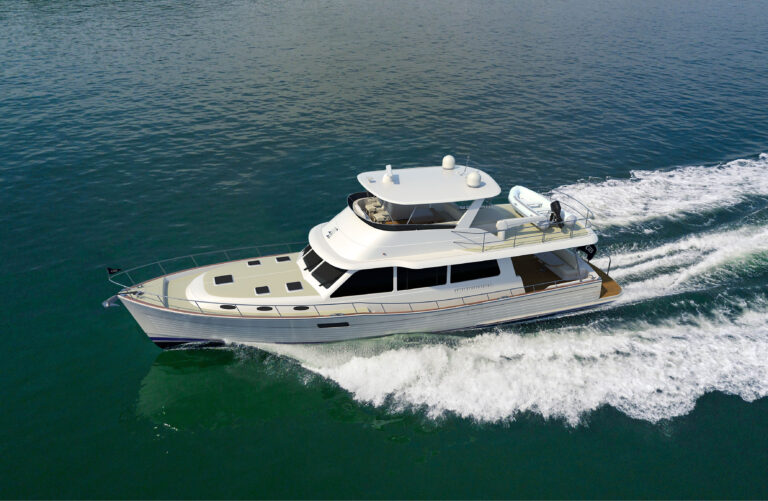Coast Guard crew’s responsibility is to raise, service and replace more than 260 buoys each season
The day began at 6 a.m. The sun hadn’t yet begun to rise, and the sky had a purple tint forming just above the horizon. Bags in hand, the sleepy-eyed crew made their way onto what will be its 175-foot steel home for the next five days.

The crew of the Philadelphia-based Coast Guard Cutter William Tate’s task is to ensure the safety of the Delaware River and surrounding areas by maintaining the buoys for the flow of commerce, safety and navigation of public and cargo ships.
“We are responsible for maintaining approximately 263 buoys,” says Lt. Megan Cull, commanding officer of the Tate. “We go out, do our job and go home.”
The process to maintain so many buoys is both difficult and challenging. The weight brought on deck can range anywhere from 3,000 to 18,000 pounds. The crewmembers work as a team to inspect the chain, the cement anchor and the buoy to make sure it will last until the next evaluation in two years. In handling this much weight, the crew has to be careful. They look out for each other and stick to procedures necessary to get the job done in a safe and consistent manner.

“Safety is paramount,” says Chief Petty Officer Jonathan M. Wall, a supervisor aboard the Tate. “When you are moving around that much weight, everyone has to be aware of their surroundings. The chain could break or a wire cable could fail. You have to have your wits.”
When the buoy is raised on the deck, the crew has at least one safety officer along with crew on the bridge looking out for the team. The buoy deck supervisor, who is in charge of the entire buoy deck evolution; a damage control man; and three to four personnel qualified to run all equipment on the buoy deck, ensure personal safety.
“Another danger to be concerned about when raising a buoy is the new people who are learning their job,” says Wall. Working beside experienced crew are those who are new to the process, which must be kept in mind by all members of the team. “The best feeling is when we have that buoy back in the water and everything is secured,” Wall says.

After the buoy is secured back in the water, the job is not over. In the dark, working under flood lights, 12 hours since they left the pier in the morning, the crew still has to stow all the gear they used and lower the anchor so they can stop for the night.
The limitations of the crew are judged during safety briefs discussed by the entire crew. They use a green safe, amber caution, and red danger evaluation system to weigh risk versus gain for each evolution (what the Coast Guard calls the process of removing a buoy, conducting any servicing and returning the navigation aid to the water).
“We all pay attention to the crew,” says Wall. “If mistakes are starting to be made, and the crew is getting grouchy, they’ve had enough. There is no reason to work beyond fatigue limits. It’s time to stop for the day.”

After a long day, the crew sits down for a meal.
“The crew relaxes in the dining area at night. They sit down together like a small family and strike up a game of cards or watch television,” says Petty Officer 2nd Class Christina J. Parsley, a crewmember aboard the Tate.
Parsley says, with a crew of approximately 24 people on a small cutter, it can get a little restless after a while, especially for the younger people who have never experienced this type of environment.
“The experience on this cutter is physical and dirty,” says Cull. “But if you’re smart about it, anyone can do this job and be a part of the mission.”
The crew of the Tate’s main mission is aids to navigation. They also have secondary missions such as ice breaking, oil recovery, law enforcement and search-and-rescue.
“Aids to navigation is a totally different mission,” says Wall. “It’s the most physical, back-breaking and labor intensive job in the Coast Guard, but the reward is seeing, on a day-to-day basis, the results of your work. We see what we completed. We know we did that, and we feel good about it. It’s a job I believe everyone should try at least once. It gives you a point of view and that much more respect for the job.”
Crystalynn A. Kneen is Public Affairs Specialist Third Class with Coast Guard Public Affairs in Atlantic City, N.J.
This story originally appeared in the January 2009 issue.









